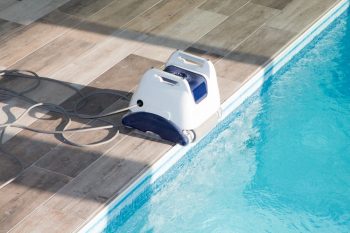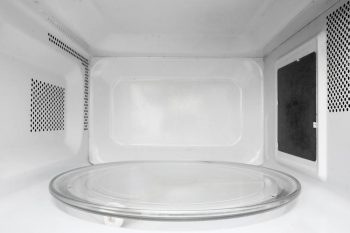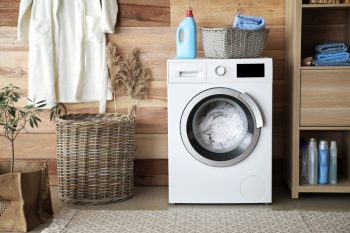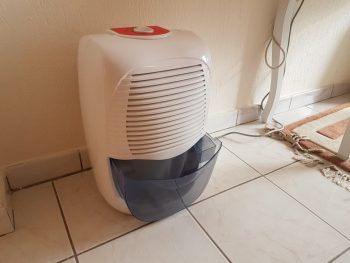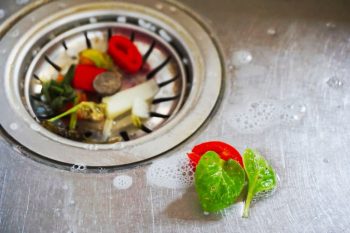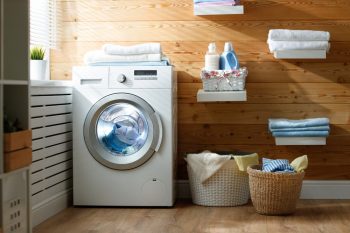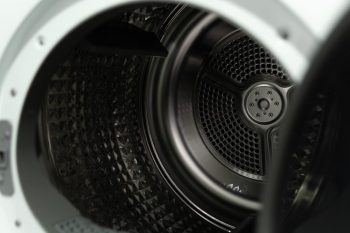
A wine fridge, also known as a wine cooler or wine chiller, is an appliance specifically designed for the storage of wine. It offers a modern, compact alternative to a traditional wine cellar or cave, providing an optimal environment for your wine. But, what exactly does a wine fridge do? How does it work? And why should you consider investing in one? This comprehensive guide answers all these questions and more.
A wine fridge, also known as a wine cooler or wine chiller, is an appliance designed specifically for storing wine. It maintains consistent temperatures and humidity levels, crucial for preserving the quality and enhancing the taste of wine. It also features specialized racking, UV-protected glass, and often multiple temperature zones, among other features. Unlike a regular fridge, a wine fridge provides an optimal environment for wine storage, making it a valuable investment for wine enthusiasts.
Understanding the Purpose of a Wine Fridge
A wine fridge serves several purposes. First and foremost, it maintains consistent temperatures and humidity levels, crucial for preserving the quality of wine. Secondly, it features specialized racking to securely hold wine bottles and often has UV-protected glass doors to prevent light damage. Finally, wine fridges can help maintain the proper temperature for your wine, as regular fridges are often too cold and experience temperature fluctuations due to frequent opening and closing.
In essence, a wine fridge creates an ideal environment for storing and aging wine, allowing it to develop its full flavor potential.
The Difference Between a Wine Fridge and a Regular Refrigerator
Unlike standard food refrigerators, wine fridges are designed to maintain consistent temperatures and humidity levels. Regular fridges rapidly drop temperature and drive out humidity, which is not ideal for wines. Instead, wine fridges lower the temperature of their contents at a slower rate and maintain a level of humidity that is ideal for wine.
Key Features to Consider When Buying a Wine Fridge
When investing in a wine fridge, several features need to be considered:
- Multiple Temperature Zones: These allow you to store different types of wines at their optimal temperatures.
- UV Protected Glass: This keeps UV rays away from your wine collection, preventing premature aging.
- Vibration Reduction: This feature helps maintain the wine’s composition and flavor.
- Humidity Control: This prevents corks from drying out and preserves the flavor and composition of your wine.
- Digital Temperature Controls: These allow you to access temperature controls without opening the door, maintaining a consistent temperature.
- Water Bins: These maintain a high-enough humidity level so that corks and labels don’t dry out.
- Integrated Locks: These prevent unauthorized access to your wine collection.
- Tinted-Glass Doors: These protect wine from exposure to ultraviolet light, which can cause damage.
- Shelving: This allows bottles to be stored on their sides for proper long-term storage.
- Energy Efficiency: This minimizes your energy consumption and costs.
How a Wine Fridge Affects the Taste and Quality of Wine
By providing an optimal environment for wine storage, a wine fridge significantly affects the taste and quality of wine. Precise temperature control, humidity maintenance, and reduced vibrations are essential for wine aging and developing complex flavors.
Types of Wine Fridges
There are several types of wine fridges available, catering to different needs. These include Single Zone Wine Coolers, Dual Zone Wine Fridges, Mini Wine Fridges, Large Wine Fridges, Tall Wine Fridges, Freestanding Wine Coolers, Built-in Wine Refrigerators, and Under Counter Wine Fridges.
The Effect of Temperature on the Aging Process of Wine
Temperature plays a significant role in the aging process of wine. The ideal temperature range for wine storage is between 53-57°F (12-14°C). Higher temperatures can cause wine to age more quickly, while lower temperatures slow down the aging process.
Maintaining and Cleaning a Wine Fridge for Optimal Performance
Proper maintenance and cleaning of a wine fridge involve ensuring proper clearance and ambient temperatures, replacing filters, cleaning drip trays, cleaning the interior and exterior, checking and cleaning the evaporator and condenser coils, ensuring proper ventilation, minimizing door openings, rotating wine bottles, and scheduling professional servicing.
Top Brands and Models of Wine Fridges
Some of the top brands and models of wine fridges currently available include Wine Enthusiast 32-Bottle Dual Zone Wine Cooler, Vinotemp 28 Bottle Cooler Refrigerator, Wine Enthusiast Classic 80 Wine Cellar, EuroCave Premiere S, Wine Enthusiast Dual-Zone Max, NewAir Freestanding Wine Cooler, Frigidaire 34-Bottle Single-Zone Wine Cooler, Kalamera Wine Coolers, Danby 36-Bottle Free-Standing Wine Cooler, GE 31-Bottle Wine Center and Beverage Center, NewAir Built-in 46 Bottle Dual Zone Compressor, and Insignia 61-Bottle Built-In Wine Fridge.
In conclusion, a wine fridge does more than just cool your wine; it provides an optimal environment that allows your wine to age gracefully, enhancing its taste and quality. Whether you’re a casual wine drinker or a connoisseur, investing in a wine fridge can significantly improve your wine-drinking experience.
Frequently Asked Questions
What is the lifespan of a wine fridge?
The lifespan of a wine fridge depends on several factors such as the brand, how well it’s maintained, and how often it’s used. However, on average, a wine fridge can last between 8 to 10 years.
Can I store other beverages in my wine fridge?
While a wine fridge is specifically designed for the storage of wine, it can also be used to store other beverages like beer and soft drinks. However, it’s important to note that these beverages may not require the same storage conditions as wine.
Is it necessary to have a wine fridge if I only have a few bottles of wine?
While it’s not necessary, it’s still beneficial to have a wine fridge even if you only have a few bottles. This is because a wine fridge provides the optimal conditions for storing and aging wine, which can enhance its taste and quality.
How often should I clean my wine fridge?
It’s recommended to clean your wine fridge at least once every three to six months. Regular cleaning can help ensure its optimal performance and prolong its lifespan.
How do I set the temperature in my wine fridge?
Most wine fridges come with digital temperature controls that allow you to easily set and adjust the temperature. The ideal temperature range for storing wine is between 53-57°F (12-14°C).
What happens if my wine fridge breaks down?
If your wine fridge breaks down, it’s recommended to contact a professional technician for repair. In the meantime, try to keep the fridge door closed as much as possible to maintain the internal temperature and protect your wine.

